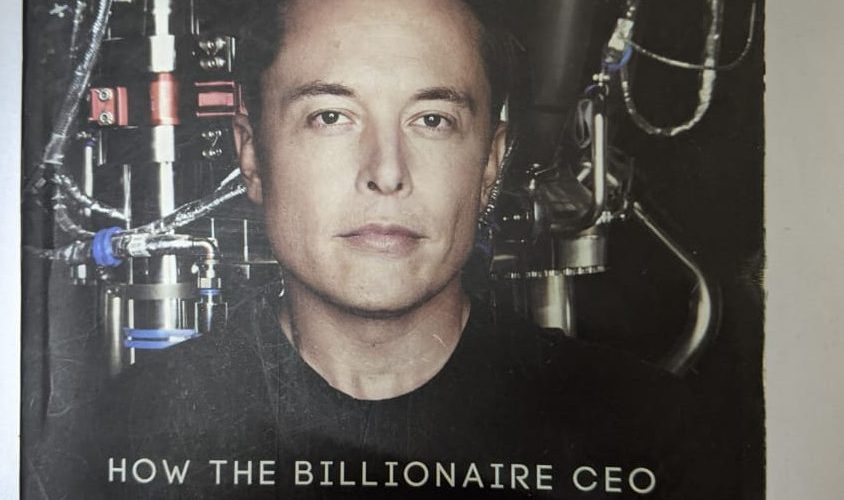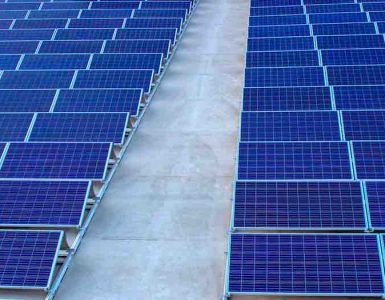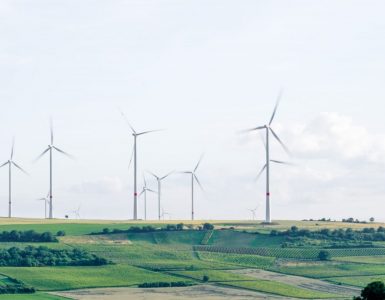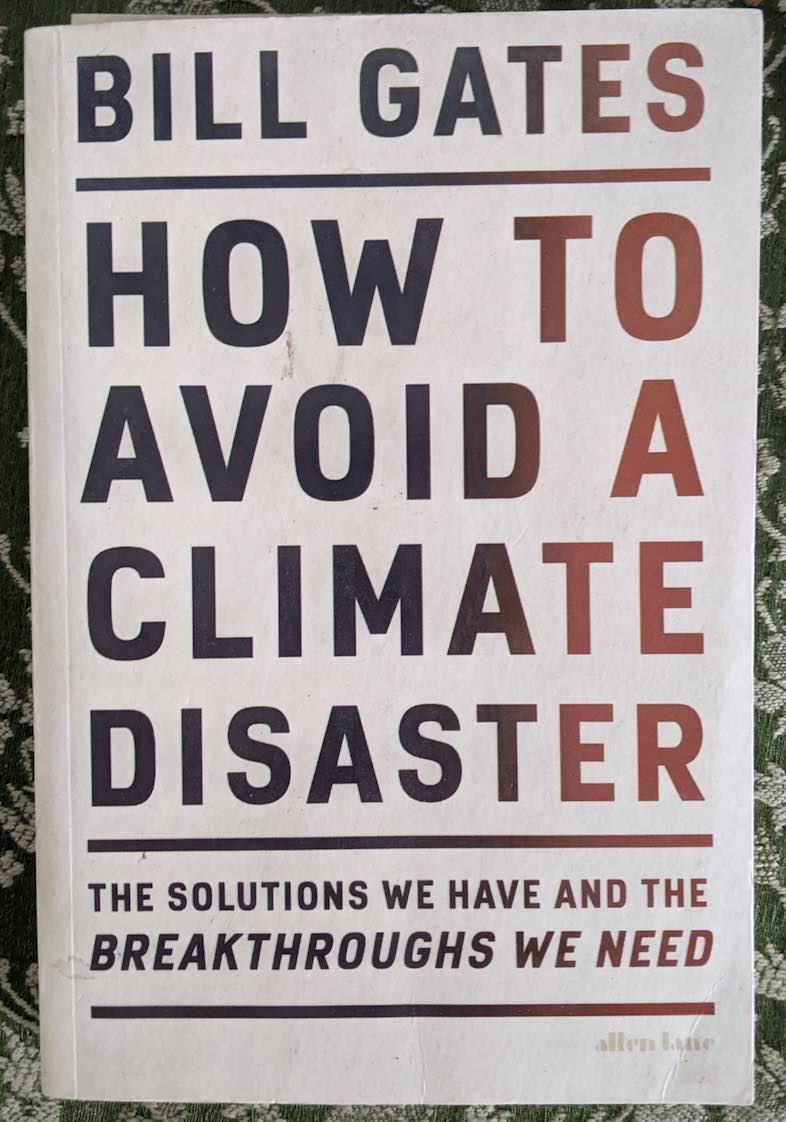Book Name: Elon Musk – How the Billionaire CEO of SpaceX and Tesla is Shaping our Future
Author Name: Ashlee Vance
When I picked this book, social media was abuzz with the news of the acquisition of Twitter by this man. As Elon Musk and Twitter went on their roller coaster ride regarding the acquisition, I got a glimpse into the dramatic life of Elon Musk through this book.


The book takes us through a man’s life who has built two iconic companies we have seen in the 21st century, Tesla, which makes Electric Vehciles, and SpaceX, which plans to send people to Mars.
The book takes us through the life of Elon Musk from his early childhood and gives us interesting insights into the formative years of Tesla, SpaceX, and Solar City.
To write this book, author Ashlee Vance interviewed Elon and multiple people who are related to Elon Musk in some capacity, including his family members, friends, co-workers, and ex-employees, among others. Vance even visited Tesla and SpaceX factories to give us a view of Musk’s quirks and working style.
Elon Musk’s book is divided into 11 chapters; in this article, I want to focus more on Chapter 10, “The Revenge of The Electric Car,” and Chapter 7, “All Electric.” These 88 pages take us through the journey of building an Electric Car, which has transformed how we look at cars today.
The idea of giving this brief synopsis of the Elon Musk book is also to look at some of the critical events in the history of Tesla, which most of us would not know about.
Chapter 10 – “The Revenge of The Electric Car”
In the middle of 2012, Tesla Motors introduced Model S Sedans. Apart from being powered by electricity, what caught people’s attention was the car’s physical features.
Model S was mechanically different than other traditional sedans during that time – cars did not make noise, additional storage space was available in the front, retractable door handles, and a touch screen control panel, among others.
As the car was to run on a heavy battery pack, Tesla decided to place this on the base of the car, which would give the vehicle a low center of gravity and higher efficiency.
The other transformation that Tesla offered was a superior consumer buying experience. Unlike traditional automakers, Tesla owned and operated its stores in high-end malls. People could walk into Apple-like showrooms with large touchscreen displays to help them calculate their fuel savings and configure their additional features. These showrooms were the creation of the man who built Apple Stores, George Blankenship, a former Apple executive who had closely worked with Steve Jobs.
The buyers were also given an option to get them home delivered, or they can pick them up from Tesla’s factory in Silicon Valley. The after-sales service was vastly different; if customers complained about glitches in their cars, Tesla could fix them over the internet. The software upgrades could also enable new features in the cars.
Elon Musk’s Tesla Cars captured Silicon Valley’s imagination and the roads. The techies and the environmentalists in the region became the early adopters of the “computer on wheels,” in one year, the company posted a profit.
Model S was not the first car from Tesla’s stable; in 2009, Elon Musk tried his best to deliver the Roadster, which had a bumpy ride. From safety recall to price rise, Roadster went through many issues, which even led to the ouster of its co-founder Martin Eberhard.
The early struggles of Tesla created a lot of skepticism in the market about the feasibility of electric cars. Elon Musk and his team of Tesla engineers took Roadster development as a lesson that helped them deliver a far superior and aesthetic-looking Model S.
In 2007, Musk hired car designer Henrik Fisker to work on the Model S design. Fisker had earlier worked with Aston Martin, BMW, and Mercedes-Benz. Within a few months, Musk discovered that Fisker was using his ideas to develop his own car company, which led to legal tussle and fallout.
Throughout his early journey, whether it is for SpaceX or Tesla, Elon Musk has largely focused on developing things in-house. Unlike the traditional players, who outsource most of their engineering to third parties, which prevents them from having control, Musk believed in pushing his team to deliver his impossible goals. In addition, he used his charm to bring smart people from the industry to join his dream.
Elon’s charisma and vision also led him to have a successful IPO in June 2010 despite a $55.7 million loss in 2009. Tesla raised $226 million in the first IPO for an American carmaker since Ford went public in 1956.
The money gave him the financial liberty to plan for mass production of Model S and start planning for his future goal, “to become the most profitable major automobile maker in the world.”
The book reveals Elon’s passion for having his cars “as close to perfect as possible.” To achieve this, he kept several competitor cars in the Tesla factory to research their limitations and improve them. In one example, a competitor car claimed to seat seven people, but it was never comfortable, to which Elon said, “Anyone can make a car big on the outside. The trick is to make it big on the inside.“
In September 2012, Tesla launched a network of US charging stations, making long-distance travel on EVs affordable and feasible. Another crisis hit the company in February 2013, as it could not convert its registrations into sales. The situation was so bad that Google was about to acquire Tesla at one point. However, the company converted its registration and posted its first-ever profit in May 2013 of $11 million on $562 million in revenue. This also helped the company’s share prices on Wall Street.
Tesla’s cars’ success was helping the company financially and creating a brand for Elon Musk. His antics and charisma captured public mindshare; some people viewed it negatively, but mostly positively.
Chapter 7 – “All Electric”
Tesla is not just about Elon Musk; the company was originally conceived by Martin Eberhard and Marc Tarpenning, who had sold their earlier venture and, for their interest in non-gasoline cars, incorporated Tesla Motors on 1 July 2013. The name Tesla was an homage to electric motor inventor Nikola Tesla. In 2004, Elon Musk invested $6.5 million in the company and became its largest shareholder. The team was joined by JB Straubel, who was in parallel working on prototyping electric vehicles that can run on lithium batteries.
This new company started working on Roadster, assembling components from different companies and powering them with multiple lithium-ion batteries. By early 2005, the company, with only 18 people was able to build a prototype that could be driven around.
The company raised more money in the next few months from Elon Musk, tech industry stalwarts like Larry Page and Sergey Brin, and other venture capitalists. The money helped them resolve battery fire issues, work on better design, and spread the word. The hype about the cars was so strong that the company collected millions of dollars as pre-booking fees.
Wrapping Up
It is interesting to read about Elon Musk in this book, not only about his eccentricities but his passion for creating things. Not sure, how many people would simultaneously build rockets and electric cars. Having said that, while Elon hogs the limelight and takes the brickbats, there is a massive team of talented people behind the success of Tesla and SpaceX. This book has looked into the lives and profiles of many such people.
Coming back to Tesla, as the author Ashlee Vance writes in this book, “Whether Musk was a founder of Tesla in the purest sense of the word is irrelevant at this point. There would be no Tesla to talk about today were it not for Musk’s money, marketing savvy, chicanery, engineering smarts, and indomitable spirit. Tesla was, in effect, willed into existence by Musk and reflects his personality as much as Intel, Microsoft, and Apple reflect the personalities of their founders. Marc Tarpenning, the other Tesla cofounder, said as much when he reflected on what Musk has meant to the company. “Elon pushed Tesla so much farther than we ever imagined,” he said.”
I would add that given the need for sustainable mobility, Electric Vehicles would have advanced anyway. Still, a lot of credit needs to be given to Elon Musk for his unorthodox approach and ideas, which revolutionized the way people looked at Electric Vehicles today and made the progression for EV cars a lot faster. The Elon Musk book provides an insight into the mind of Musk and his ability to take on the big car manufacturers from the US, Europe, China, and Japan and come out on top.
It will be interesting to see the things Tesla achieves in its future journey, but its start was no less entertaining and enlightening.
If you want to buy the Elon Musk book and read it for yourself, here is the Amazon link.







Add comment